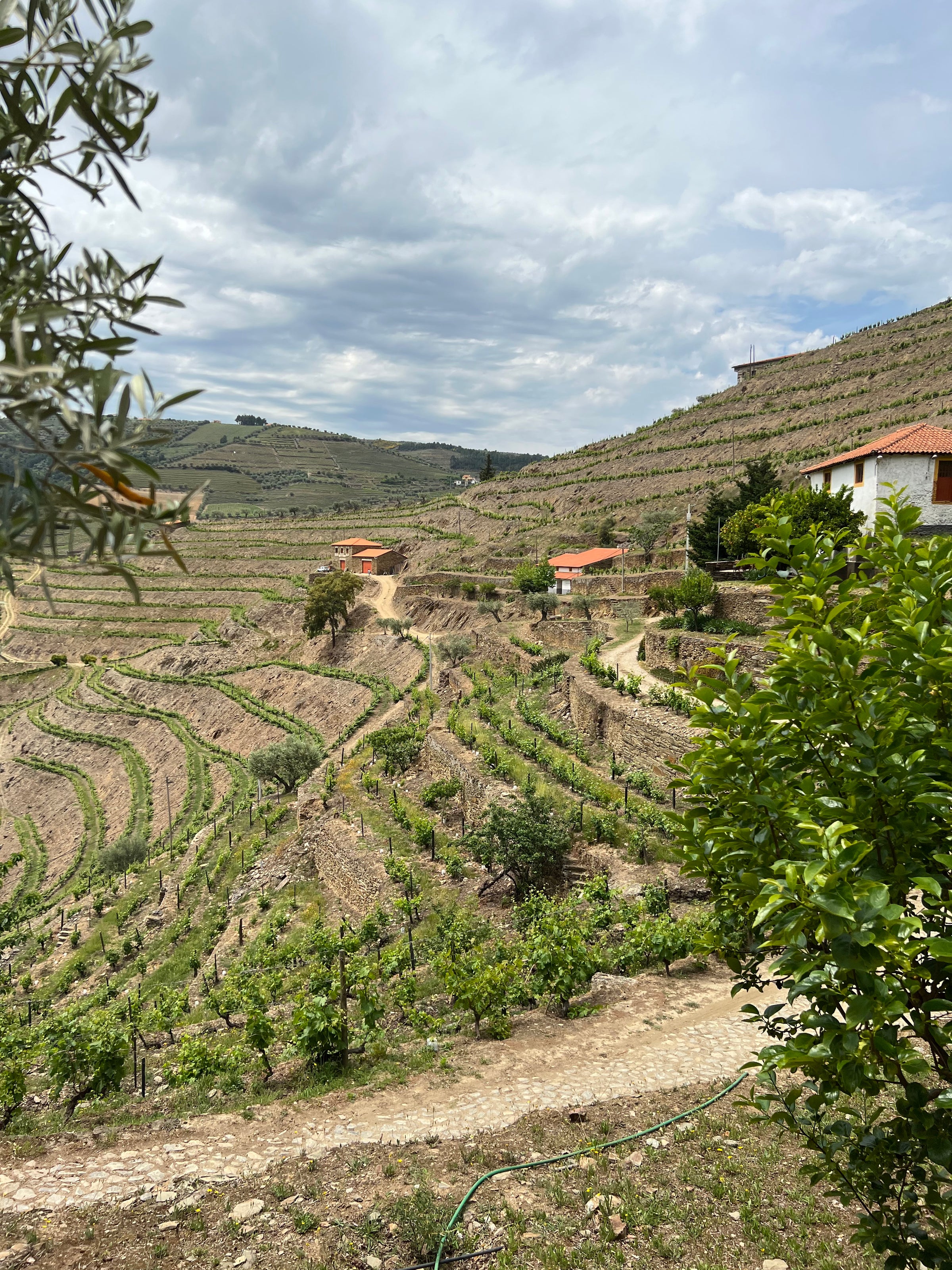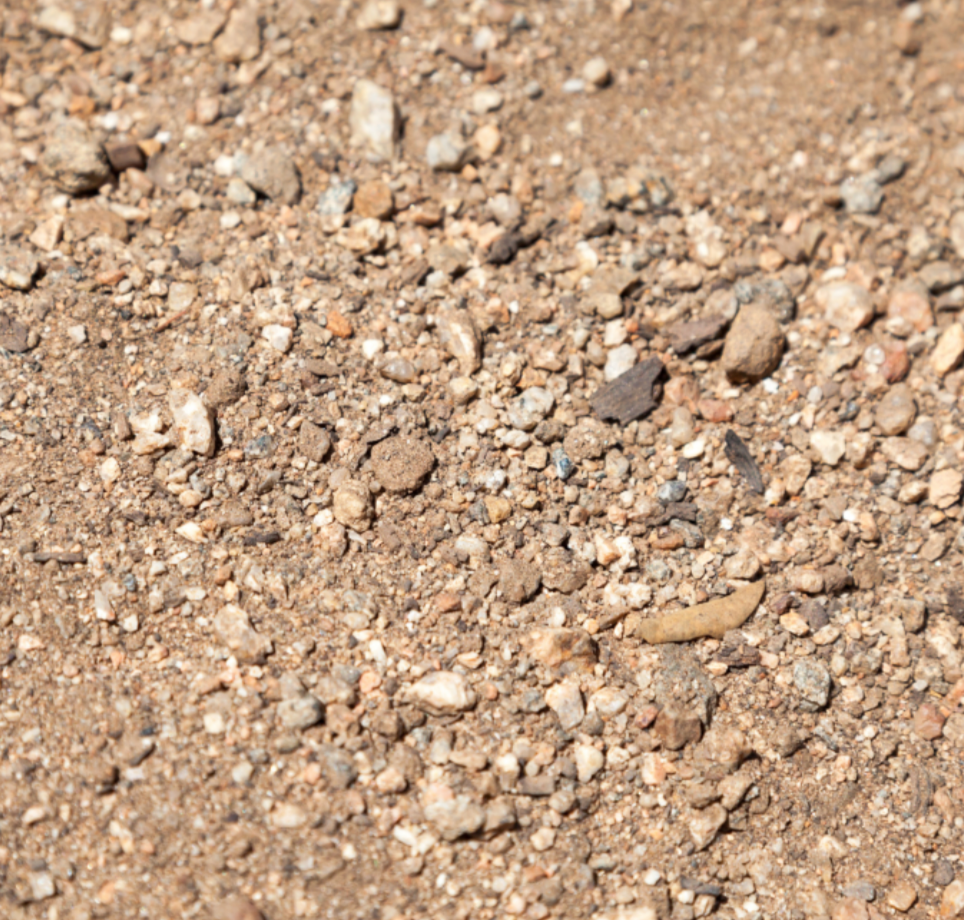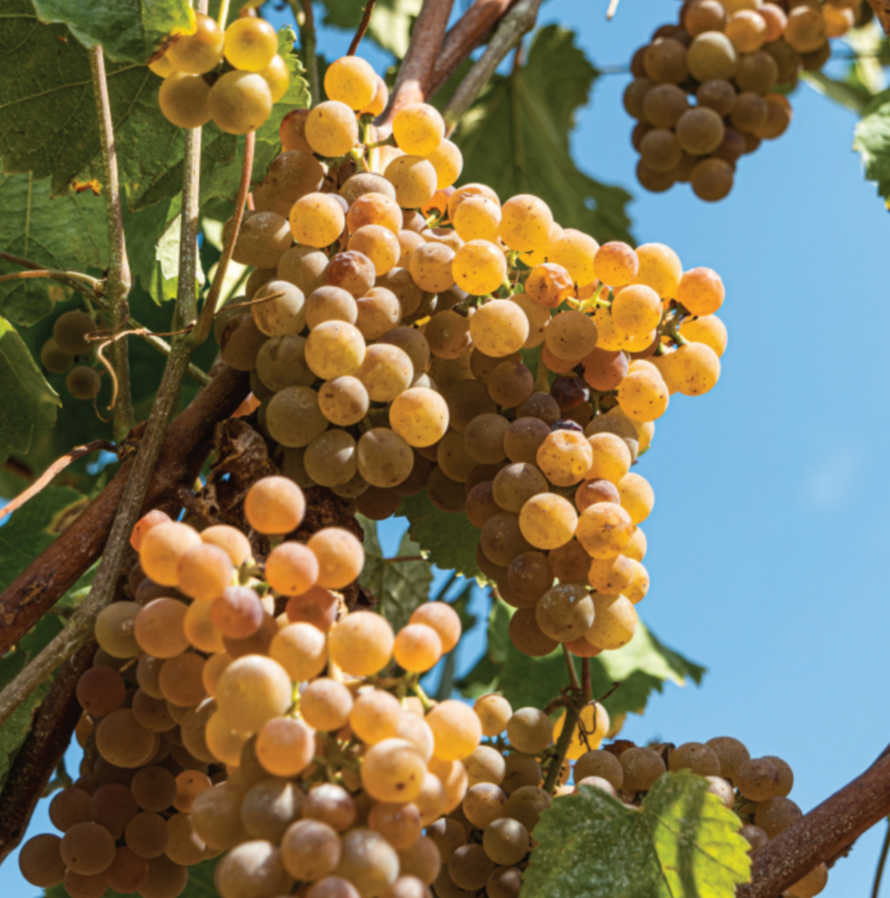After visiting Portugal last summer (with a little side trip up to Galicia, Spain for good measure), I’ve been obsessed with Portuguese wine. The vibrancy of cities such as Lisbon and Porto, which are enjoying surges in both tourism and investment (Porto is home to a big tech startup culture these days), is complemented by loads of innovation and renewal in the country’s historic wine regions. And for me, Vinho Verde is the biggest revelation of all.
Like a lot of people, I thought I had a handle on what Vinho Verde was all about—crisp, refreshing, simple, spritzy, and frankly, a little anonymous—only to get re-educated in the most enjoyable way possible. Wines like Quinta de Covela’s “Edição Nacional,” which is crafted from the native Avesso grape, are the new face of a resurgent, and extremely diverse, Vinho Verde region. Traversed by a network of rivers making their way to the Atlantic, including the Douro at its southern end, Vinho Verde is effectively an extension of Galicia’s famed Rías Baixas. Only the Miño River, which is also the national border, separates them. Perhaps you knew all this, but my point is that many wine experts wouldn’t put Vinho Verde and Rías Baixas whites in the same class. I didn’t, but with increasing frequency, I do now. Quinta de Covela is emblematic of the innovation and investment propelling Portuguese wine to new heights, and this delicious, substantial white is certain to prompt further exploration on your part. The combination of discovery and value-for-dollar is unparalleled right now: Taste this wine and I’m certain you’ll agree.
Tourism and foreign investment have been big drivers of Portugal’s economic growth in recent years, and Quinta de Covela is an example. The beautiful, sprawling property dates to the 16th century and was acquired in 2011 by Lima-Smith, a partnership comprised of Brazilian financier Marcelo Lima and British journalist-turned-vintner Tony Smith. This team is the latest to breathe new life into a property which, in addition to its colorful history (it was owned for some time by a legendary Portuguese filmmaker, Manoel de Oliveira), has been certified biodynamic since 2007. The Lima-Smith partnership also owns Quinta da Boavista in the Douro Region, and markets the Quinta das Tecedeiras wines, also from the Douro.
As it happens, the Vinho Verde appellation—it’s not just a name of a style (“green wine”) but of a geographically delimited wine zone—stretches from the northwest corner of Portugal to the edge of the Douro DO. The Douro runs through Vinho Verde’s Baião subzone, one of the nine growing areas that comprise Vinho Verde and the home of Quinta de Covela. Baião’s combination of granitic soils and mix of “continental” and maritime climatic influences lends it a strong resemblance to some of the Galician wine zones further north, but its signature grape, Avesso, is something different entirely. Alvarinho (a.k.a. Albariño) and Loureiro are the two best-known grapes in Vinho Verde, but there are many other whites in the mix; Avesso, according to multiple sources, has the potential for stardom, as it has the capacity for higher potential alcohol and more mid-palate weight. This is what distinguishes Covela’s 2017 “Edição Nacional”: It offers the mix of electricity, texture, aroma, and a kiss of the sea we’ve all come to love in the best Galician whites. Tart, insipid, and fizzy it is not!
This is not to say there isn’t refreshment to spare in this 2017, just that it is more substantial, complex, and lingering than what most people are conditioned to expect from Vinho Verde. Sourced from a south-facing, amphitheater-shaped vineyard in the rolling hills of Baião, the grapes were hand-harvested and fermented spontaneously in stainless steel. In the glass, the wine is a pale straw-gold with silver and green reflections, with aromas of white peach, citrus, mountain wildflowers, flint, and a hint of ‘leesiness’ (a creamy note). It’s a medium-bodied style, focused and palate-coating, with no spritz whatsoever—nevertheless, there’s some Muscadet-esque salinity and a propulsive freshness that drives a long, floral finish. It’s styled to drink now and over the next few years with seafood: Serve it in all-purpose white stems at 45-50 degrees with Portuguese-style octopus salad. I thought I knew Vinho Verde…turns out I’ve got lots to learn!





